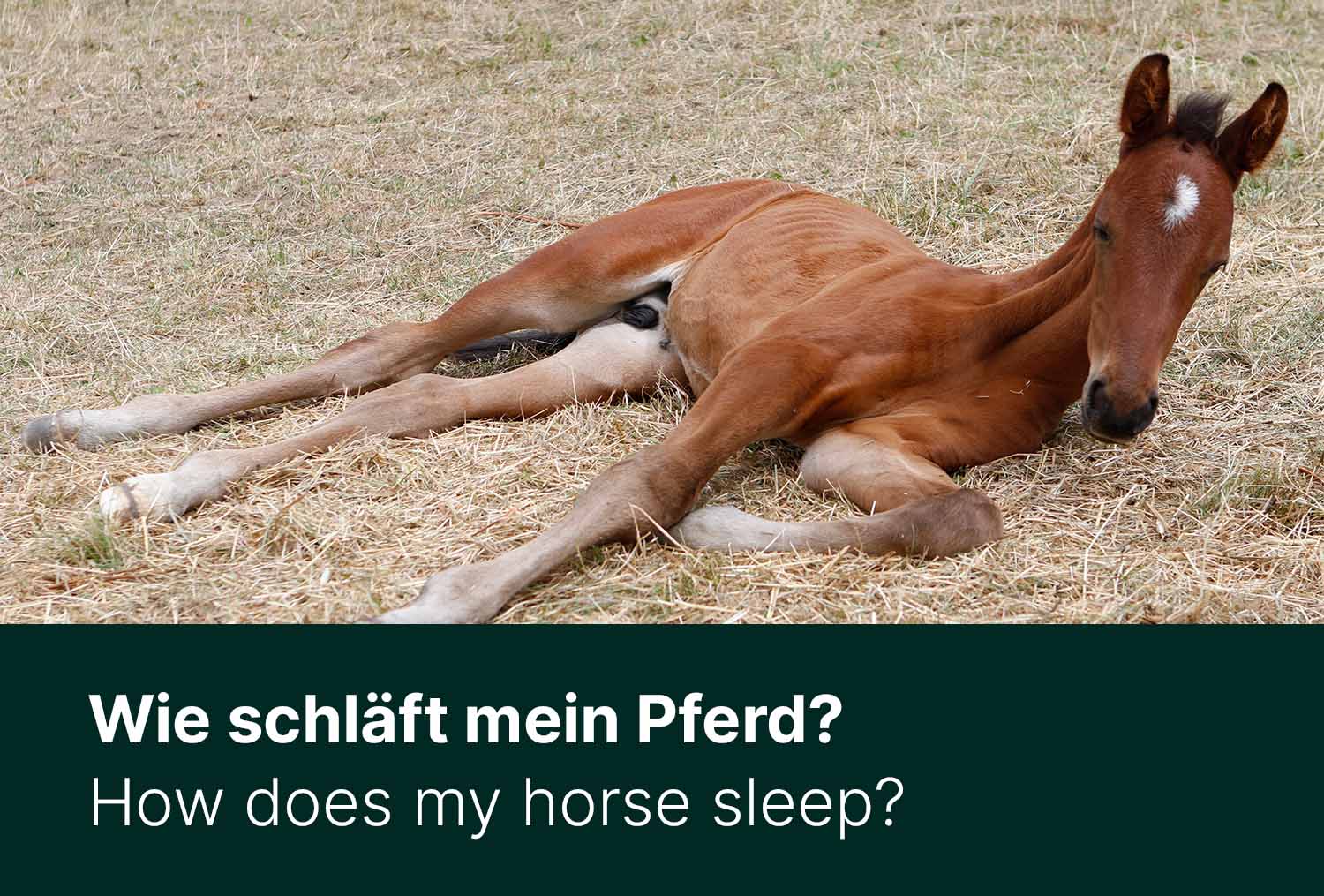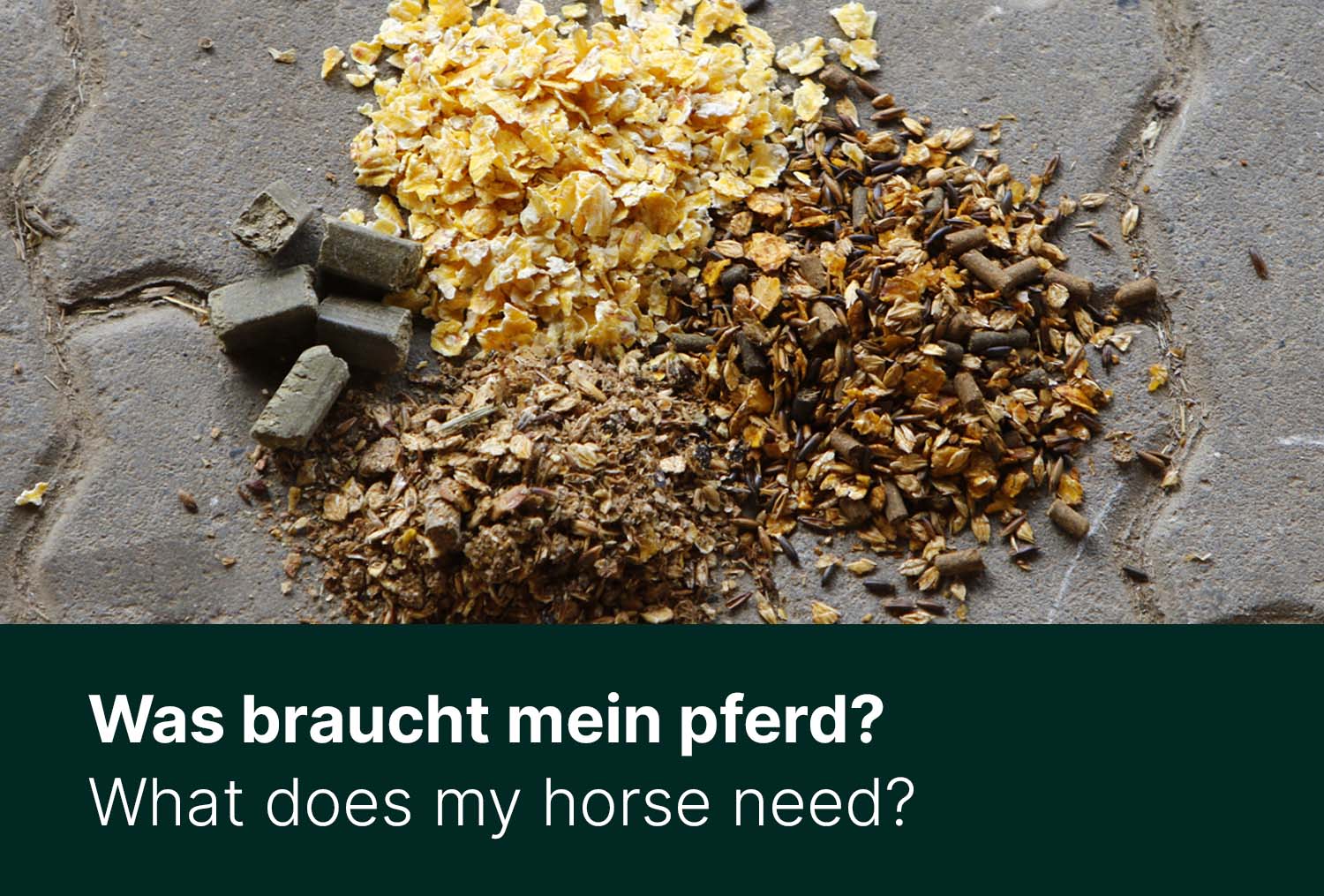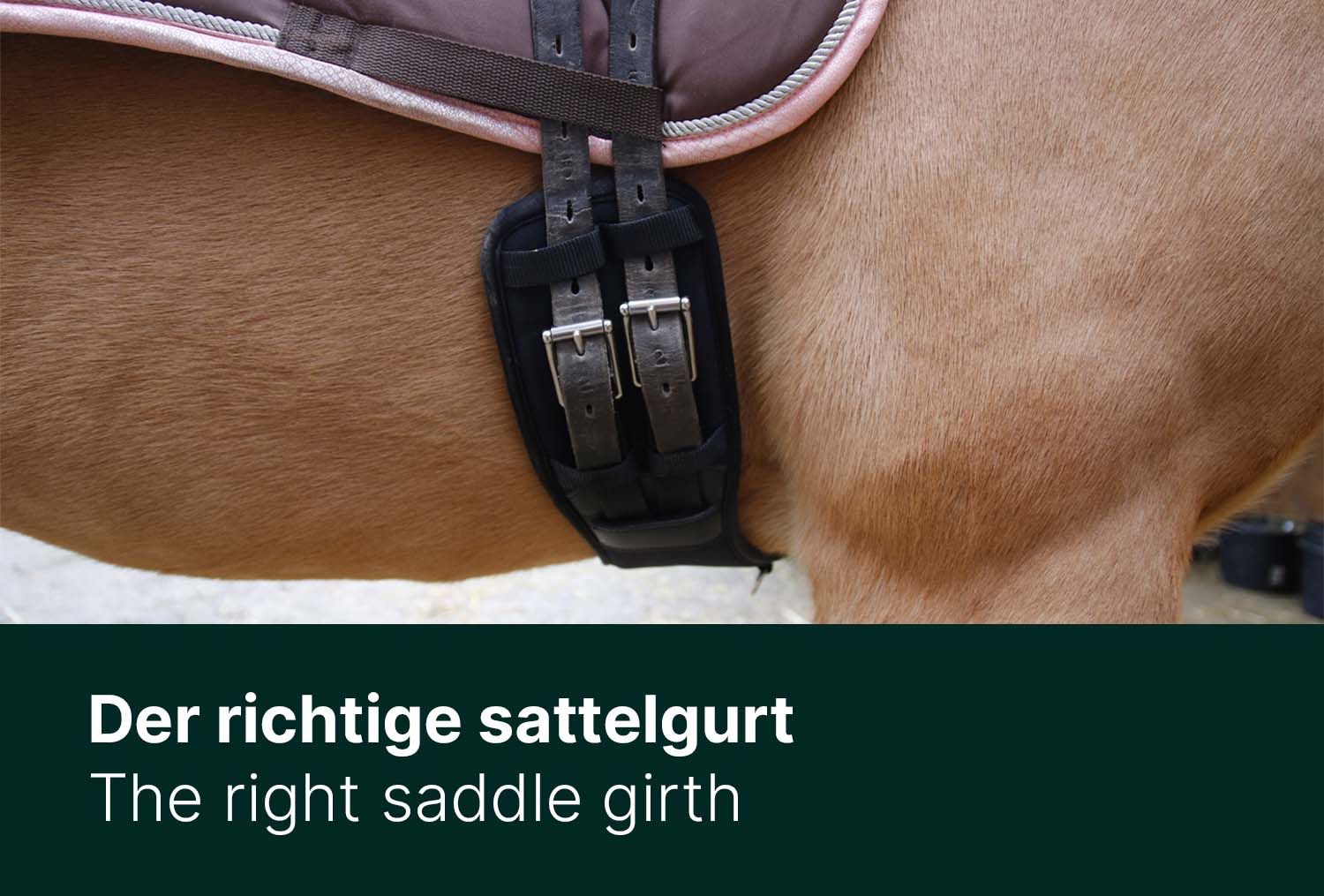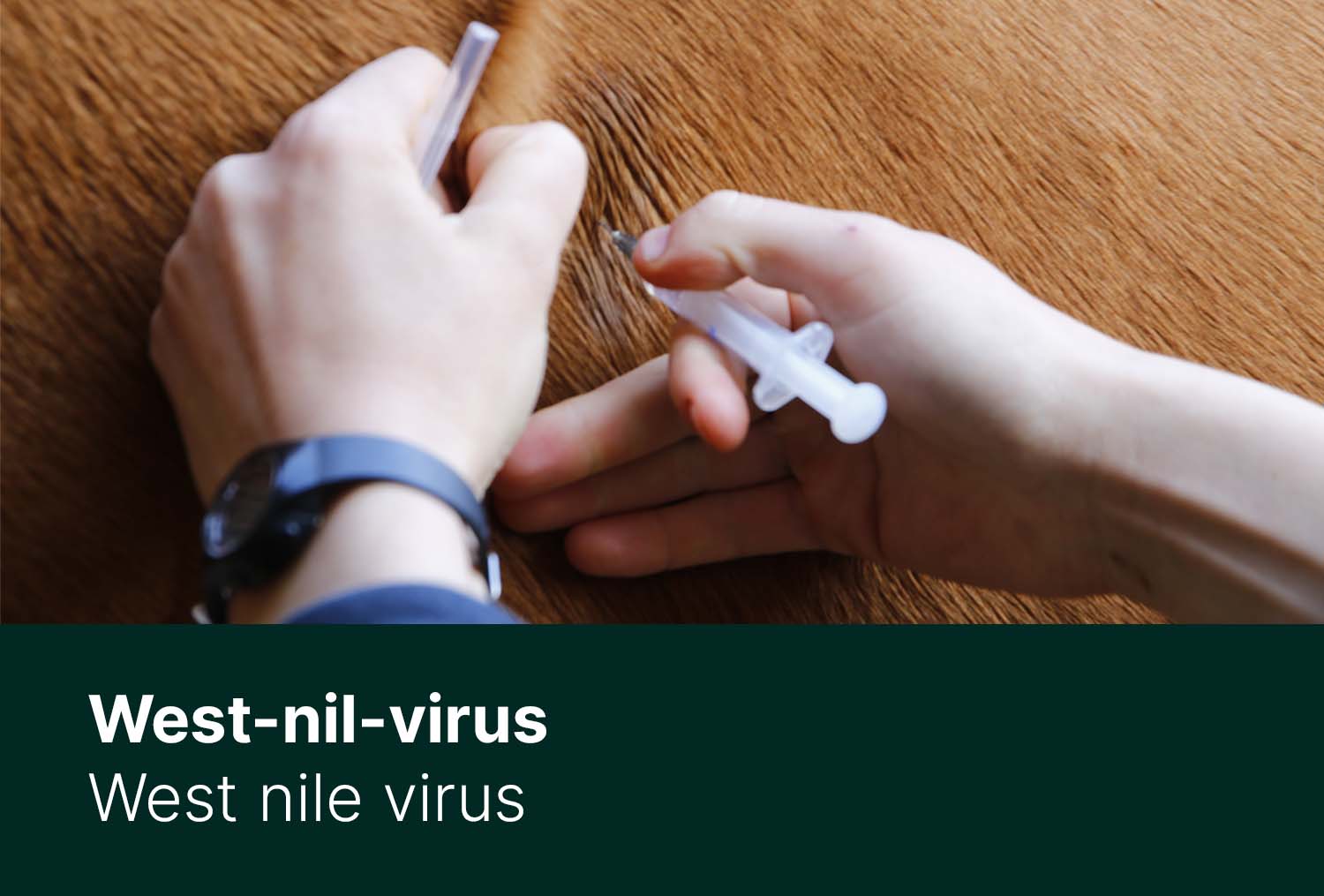Basically, horses sleep just like us. However, they have a much lower need for sleep. Horses also have to lie down to get a restful sleep. In order for a horse to lie down, there are certain minimum requirements for the size of the box or lying area, the surface and the design.
Basically, the sleep stages of horses are identical to those of humans. They are divided into light sleep, deep sleep and REM sleep. The abbreviation REM stands for "Rapid Eye Movement". This term describes the typical feature of REM sleep: the eyeballs move back and forth quickly when the eyelids are closed. The key difference is that horses can both stand and lie down during light and deep sleep. REM sleep, on the other hand, only occurs when lying down. So the horse has to lie down in order to fall into REM sleep and to go through all sleep stages. This is the only way it can regenerate and rest. Sleep has a decisive influence on well-being and health. Studies have shown that horses sleep about 3.5 hours a night. However, this time is divided into several shorter sleep phases, and there are also several rest phases spread over the day. However, the quality of sleep is closely related to external factors.


- The Underground
Straw has been the most widespread bedding material for decades. In many places, however, new manure ordinances make bedding with straw more difficult. There are many alternatives: shavings, straw flour, hemp straw, pellets, forest floor or lying mats. However, the latter in particular should be viewed critically. The guidelines for assessing horse housing from an animal welfare point of view stipulate that a lying surface must be dry and deformable. Mats without bedding do not meet these requirements. While edible materials are the best choice when kept alone, so that the horse does not have long breaks from eating and is busy, the lying area in open and active stables should definitely consist of non-edible materials, as the horses then use the area to eat AND rest. If horses are not allowed to stand on straw due to respiratory diseases, you should ensure that sufficient roughage is available. Feeding breaks must not last longer than four hours. The subsoil must not be damp, muddy or too hard. With regards to laying down, scratching can also be observed as a typical behavior in all horses. The horses use this to check the condition of the ground. Basically, there should always be enough bedding so that the horses cannot slip when laying down and getting up. Box matts underneath the bedding are a good option here.



- Compatibility with conspecifics
This aspect is particularly important when keeping animals in groups in active or open stables. The herd must be composed in such a way that every horse is able to go to the resting area or lying area. But even within the stalls, attention should be paid to the compatibility of the stall neighbors. Stress from a horse, which constantly sends threatening gestures, has a negative effect on sleeping behavior.

- How does my Horse sleep?
Too little sleep can lead to sickness. However, this usually refers to REM sleep, the sleep in which the horses have to lie down. If they cannot lie down because the box is too small, for example, this leads to a permanent lack of sleep. Horses that suffer from acute lack of sleep are often not as efficient, show behavioral changes and behavioral disorders. In particularly bad cases, a horse can collapse from lack of sleep. This is particularly evident in inexplicable injuries to the carpal, fetlock and ankle joints and to the head. If a lack of sleep is suspected, video surveillance over several days is recommended, which the horse owner can carry out himself using standard camera systems. In order to get a very reliable diagnosis and to rule out other diseases, a sleep laboratory test should be carried out.

 - Prophylaxis pays off
- Prophylaxis pays off
The most important thing is the structure of the box, so that the horse can show a species-typical sleeping behavior. The box size is particularly important. No matter how thick the bedding of the box is, if it is too small, the horse will not lie down. The same applies the other way around: no matter how big the box is, if the ground is too hard, too deep or too wet, it won’t lie down to sleep either. The minimum requirements for a box are laid down in the FN guidelines for keeping horses from an animal welfare point of view. But these are really only the absolute minimum dimensions. It is well worth measuring the box at home and also checking the behavior of the bedding. Sleep and rest periods are essential for the general well-being and health of horses.








Horse Husbandry at a Glance
Pasture Management